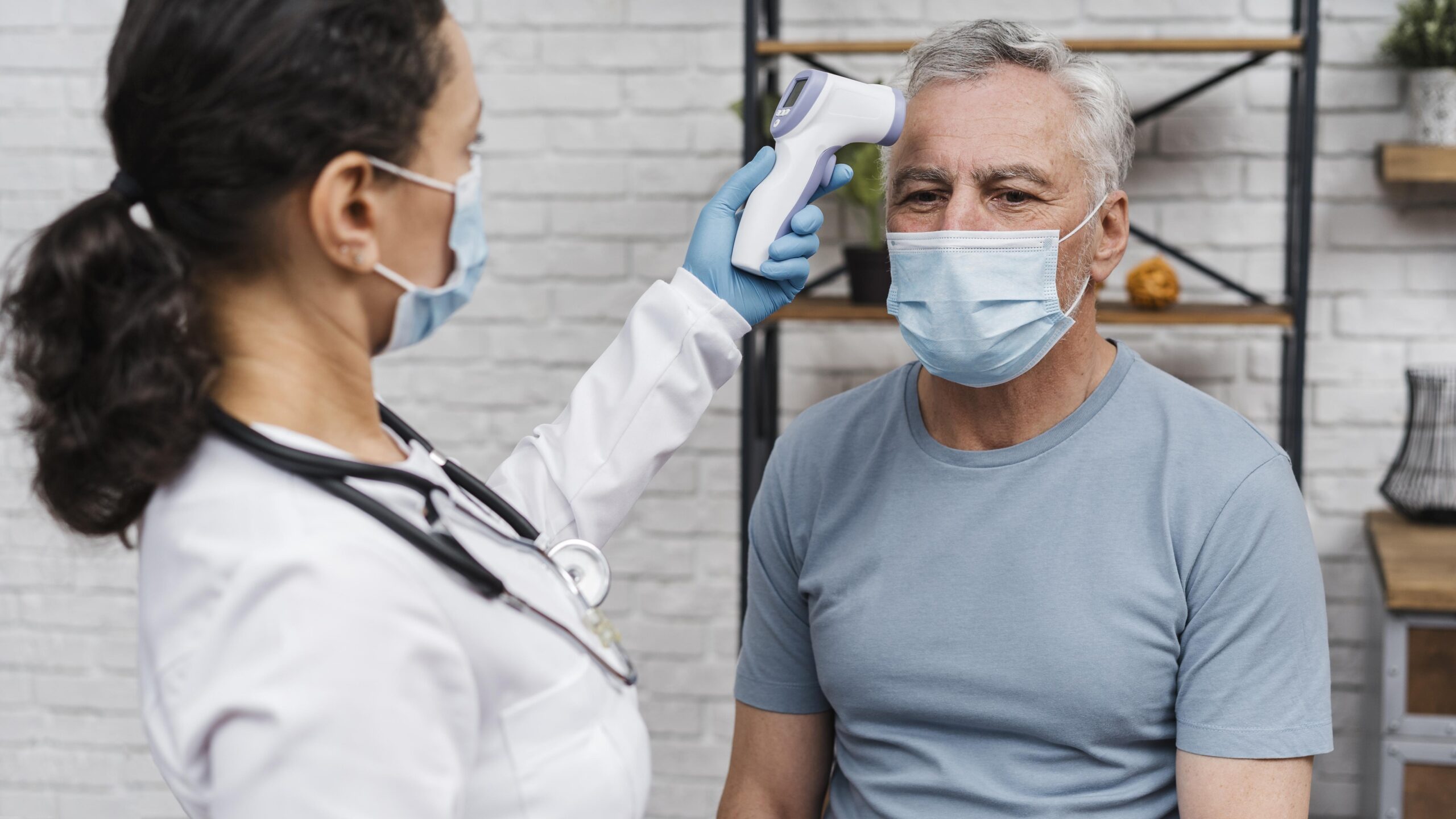Recovery from a mild stroke requires timely and structured rehabilitation. Even when symptoms seem minor, physical therapy plays a crucial role in helping patients regain mobility, strength, and confidence. It focuses on restoring balance, coordination, and the ability to perform daily tasks independently. Early therapy improves long-term outcomes and reduces the risk of future complications. For many stroke survivors, these targeted movements form the core of their recovery and support a smoother return to regular routines.
Understanding Mild Stroke and Its Impact on Mobility
A mild stroke, also referred to as a transient ischaemic attack (TIA) or mini-stroke, may cause only short-term symptoms. However, it can still affect muscle control, coordination, and balance. While the symptoms may be subtle, they should not be ignored. Early intervention is important to reduce the risk of further complications and support long-term recovery. A structured mild stroke treatment plan often includes physical therapy tailored to the individual’s needs. These therapies focus on improving functional movements, preventing secondary issues, and building confidence.
Types of Physical Therapy for Stroke Recovery
Several physical therapy approaches can help patients recovering from a mild stroke. The choice of therapy depends on the severity of the stroke, the area of the brain affected, and the person’s overall health.
1. Range of Motion Exercises
These exercises are used to stretch and move joints and muscles to prevent stiffness. They are especially useful when a patient has limited movement on one side of the body. Starting with gentle stretches helps maintain flexibility and prepares the muscles for further activity.
2. Balance and Coordination Training
Balance issues are common after a mild stroke. Training typically includes standing and walking exercises that strengthen the core muscles. Improving coordination helps prevent falls and restores independence in walking or standing.
3. Gait Training
Gait training helps patients relearn how to walk safely and correctly. This therapy focuses on posture, step patterns, and stride length. It often involves walking on level surfaces, climbing stairs, and using supportive equipment like parallel bars or walking aids. Gait training is an important component of most mild stroke treatment programmes because walking ability is key to regaining daily independence.
4. Strength Training
Weakness in one or both sides of the body can result from a mild stroke. Strength training uses resistance bands, light weights, or bodyweight exercises to rebuild muscle strength. Sessions are carefully monitored to avoid strain and to ensure balanced improvement.
5. Task-Specific Therapy
Patients practise activities they do in everyday life, such as sitting down, standing up, reaching for items, or climbing steps. This therapy focuses on making movements more functional and relevant. The goal is to support better performance in real-life situations.
Supportive Rehabilitation Techniques
Physical therapy is often part of a broader stroke rehabilitation plan. Patients may also receive occupational therapy to relearn daily tasks and speech therapy if their communication is affected. The combination of therapies helps promote a more complete recovery. Rehabilitation may begin in the hospital and continue in outpatient settings or at home. The plan is regularly adjusted based on the patient’s progress. Consistency in attending sessions and practising exercises at home plays a significant role in overall recovery.
Using Technology in Physical Therapy
Technology now supports many aspects of stroke rehabilitation. Devices like motion sensors, virtual reality systems, and robotic aids can track movement and offer feedback. These tools are used to improve accuracy and motivation during therapy sessions. Such technology is introduced carefully by trained therapists. It does not replace traditional therapy but complements it. These tools can help maintain interest and ensure progress through measurable data.
Setting Goals for Progress
Recovery timelines vary. Some people improve within weeks, while others may take several months. Setting clear goals helps provide direction and keeps patients motivated. Therapists work with patients to set realistic targets, such as:
- Standing without support for two minutes
- Walking across a room without assistance
- Lifting small objects with control
These goals are tailored to each patient’s abilities and monitored closely.
Importance of Timely Mild Stroke Treatment
The earlier physical therapy starts, the better the recovery outcomes. Early therapy supports neuroplasticity, which is the brain’s ability to adapt and relearn lost skills. It also helps prevent secondary complications like muscle tightness or reduced endurance. Signs of a mild stroke should be taken seriously. Even if the symptoms are temporary, such as slurred speech or slight numbness, they may indicate a bigger risk. Prompt assessment followed by mild stroke treatment is important for long-term well-being.
Therapy for Older Adults
Older adults may need adjustments in therapy due to other health conditions or reduced stamina. Their sessions may involve lighter exercises with more frequent rest breaks. Therapists also ensure movements are safe and supportive, reducing the risk of injury. Therapy plans for older adults still aim to restore independence and improve quality of life, even if progress takes a little longer.
How Caregivers Can Contribute
Caregivers and family members play a vital role in supporting therapy goals. Encouragement, gentle reminders to practise exercises, and emotional support all contribute to better outcomes. Therapists often involve caregivers in training so they can help with safe movements at home. This collaboration makes the recovery environment more consistent and reassuring for the patient.
Conclusion
Physical therapy provides the structure and support that patients need after a mild stroke. From restoring mobility to building strength and balance, it addresses the core challenges that follow a stroke. With timely and consistent therapy, most patients can return to their daily routines with renewed confidence. The key to effective mild stroke treatment lies in early intervention, expert guidance, and steady progress. Combined with support from caregivers and a focus on individual needs, recovery becomes a clear and achievable goal.

